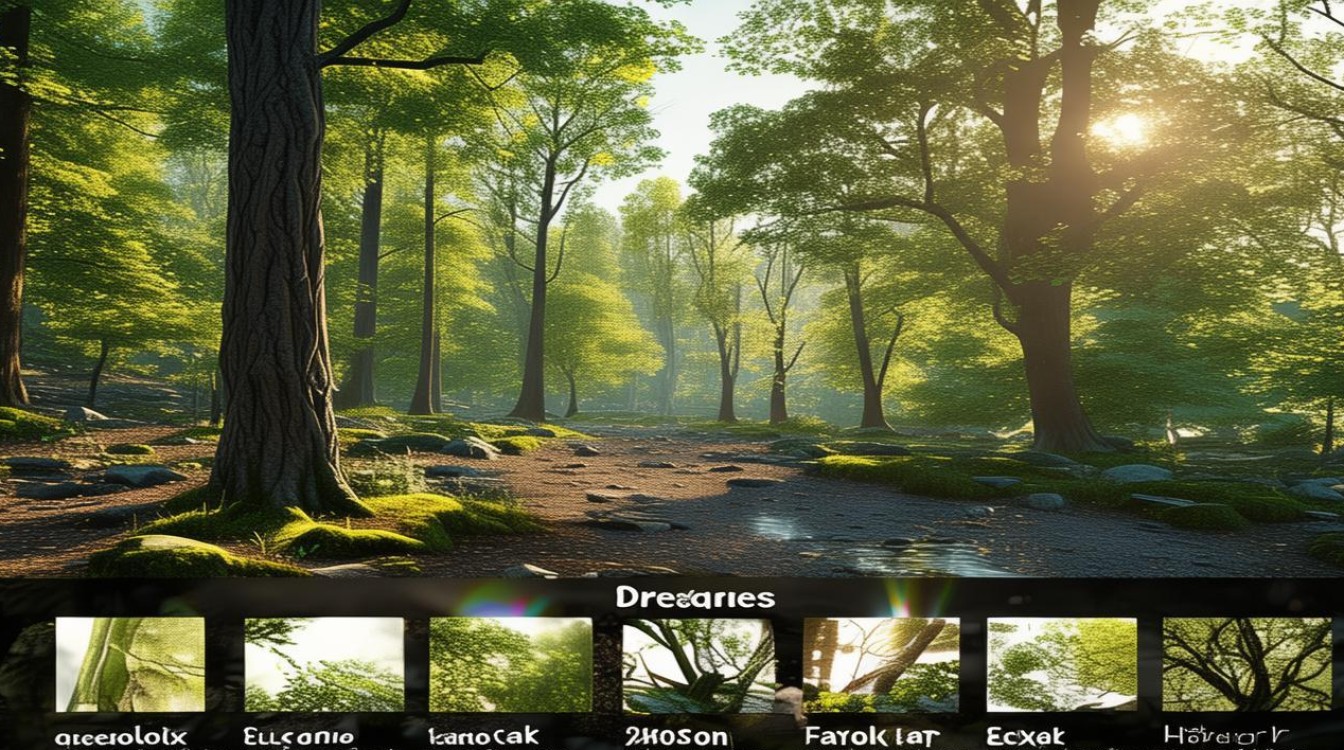Trees play a vital role in our ecosystem, providing oxygen, shelter, and beauty. Whether you're a nature enthusiast, a student, or simply looking to expand your English vocabulary, understanding tree-related terms can enhance your appreciation for these magnificent plants. Below is a comprehensive list of essential English words associated with trees, along with explanations and examples.

Basic Tree Terminology
-
Tree – A perennial plant with an elongated stem, or trunk, supporting branches.
- Example: The oak tree in our backyard provides shade during summer.
-
Trunk – The main woody stem of a tree.
- Example: The trunk of the redwood tree was so wide that three people couldn’t wrap their arms around it.
-
Bark – The protective outer layer of a tree.
- Example: Some animals, like squirrels, scratch the bark to mark their territory.
-
Branch – A woody part growing from the trunk.
- Example: The strong wind broke several branches off the old maple tree.
-
Twig – A small, thin branch.

- Example: Birds often collect twigs to build their nests.
-
Leaf – The flat, green part of a tree responsible for photosynthesis.
- Example: In autumn, the leaves of deciduous trees turn vibrant shades of red and yellow.
-
Root – The underground part that absorbs water and nutrients.
-Example: Tree roots can sometimes damage sidewalks if planted too close. -
Canopy – The upper layer of branches and leaves.
- Example: The dense canopy of the rainforest blocks much of the sunlight from reaching the ground.
Types of Trees
Deciduous Trees
These trees shed their leaves annually.
-
Oak – A strong, long-lived tree known for its durable wood.

- Example: Acorns from oak trees are a food source for many animals.
-
Maple – Known for its distinctive leaves and syrup production.
- Example: Canada’s flag features a red maple leaf.
-
Birch – Recognizable by its white, peeling bark.
- Example: Birch trees are often used in landscaping for their striking appearance.
-
Willow – A tree with long, drooping branches.
- Example: Weeping willows are commonly found near water sources.
Evergreen Trees
These trees retain their leaves (needles) year-round.
- Pine – A coniferous tree with needle-like leaves.
- Example: Pine trees are often used as Christmas trees.
- Spruce – Similar to pine but with shorter, sharper needles.
- Example: Spruce wood is commonly used in making musical instruments.
- Fir – Another popular Christmas tree choice with soft needles.
- Example: Douglas fir trees grow tall and straight, making them ideal for timber.
- Cedar – Known for its aromatic wood and resistance to decay.
- Example: Cedar closets help repel moths naturally.
Tree Growth and Lifecycle Terms
- Sapling – A young tree.
- Example: The forest ranger planted hundreds of saplings to restore the woodland.
- Seedling – A very young tree, just sprouted from a seed.
- Example: After the wildfire, volunteers helped nurture seedlings to regrow the forest.
- Germination – The process of a seed sprouting into a new plant.
- Example: Proper moisture and temperature are crucial for successful germination.
- Photosynthesis – The process by which trees convert sunlight into energy.
- Example: Without photosynthesis, trees couldn’t produce oxygen.
- Annual Rings – Visible circles in a tree trunk indicating yearly growth.
- Example: Scientists count annual rings to determine a tree’s age.
- Deforestation – The large-scale removal of trees.
- Example: Deforestation contributes to climate change by reducing carbon absorption.
- Reforestation – The replanting of trees in deforested areas.
- Example: Many organizations work on reforestation projects to combat environmental damage.
Tree-Related Objects and Uses
- Lumber – Processed wood used in construction.
- Example: Hardwoods like oak and maple are prized for high-quality lumber.
- Pulp – Processed wood fibers used to make paper.
- Example: Softwood trees like pine are commonly used for pulp production.
- Sap – The fluid transported in a tree’s vascular system.
- Example: Maple sap is collected to make syrup.
- Resin – A sticky substance secreted by some trees for protection.
- Example: Amber is fossilized tree resin that sometimes contains ancient insects.
- Mulch – Organic material spread around trees to retain moisture.
- Example: Gardeners use wood chips as mulch to improve soil health.
- Timber – Wood prepared for building.
- Example: Sustainable timber harvesting ensures forests remain healthy.
- Arborist – A professional who studies and cares for trees.
- Example: An arborist can diagnose diseases affecting urban trees.
Interesting Tree Idioms and Expressions
- "Barking up the wrong tree" – Pursuing a mistaken or misguided course of action.
- Example: If you think I took your book, you’re barking up the wrong tree.
- "Turn over a new leaf" – To start fresh or change behavior.
- Example: After his health scare, he decided to turn over a new leaf and exercise daily.
- "Out of the woods" – No longer in danger or difficulty.
- Example: The patient is improving but isn’t out of the woods yet.
- "Can’t see the forest for the trees" – Overlooking the big picture due to focusing on details.
- Example: She’s so caught up in minor issues that she can’t see the forest for the trees.
Trees are more than just plants—they are essential to life on Earth. By learning these words, we deepen our connection to nature and improve our ability to discuss environmental topics. Whether you're describing a towering redwood or a delicate sapling, this vocabulary helps articulate the wonder of trees in English.

Understanding these terms also fosters greater environmental awareness. The next time you walk through a forest or plant a tree, you’ll have the language to appreciate its significance fully.


